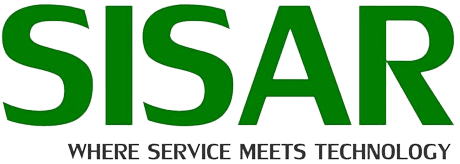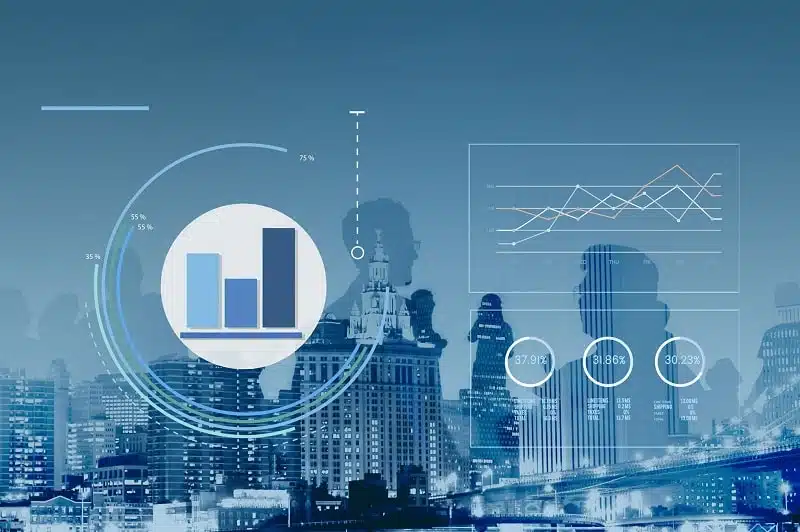Power BI has grown into a crucial tool for streamlining decision-making and providing enterprise-wide visibility on a single platform. Data security in Power BI has improved over time to make access secure for more people. Microsoft has increased the security and access control for Power BI reports and dashboards due to an increase in data leaks and stricter data-related regulations. To safeguard your data, Power BI provides four main security features.
- Privacy Levels in Power Query
- Row Level Security (RLS) in Power BI
- Office 365 Sensitivity Labels
- Power BI Workspace Security
- Privacy Levels in Power Query
This is the least understood Power Query mechanism out of the four. The main goal of this feature is to control the data transfer options between systems. Each data source is examined by Power Query, which then categorizes them into three categories: Public, Organizational, and Private. This analysis makes sure that if there is an unwanted data transmission, data is not mixed.
This data protection procedure can also take place when a query employs the query folding method. By default, Privacy Levels is set up to combine data while maintaining privacy level for each source according to your preferences.
1. Data is combined in accordance with the level of privacy you select for each source (on, which is the default setting). To measure the degree of separation between data sources, privacy level settings are utilized.
2. Depending on your preferences for privacy level, data may be aggregated. Combining data in accordance with each file’s privacy level parameters. When data from various Privacy isolation zones is merged, data buffering happens.
3. Always ignore Privacy levels settings (off): When integrating data, privacy standards are not taken into account, but the data’s functionality and performance might improve.
Row Level Security (RLS) in Power BI
Row-level security (RLS) is a tool used in Power BI reports to limit the data that an end user can view. In contrast to OLS, which is a horizontal limitation that affects the rows within a table, RLS is a vertical restriction that limits visibility at the table and column levels.
Since RLS is a crucial component of every company’s data security plan, it is important. Adopting RLS will enable your company to ensure that every user of a Power BI report has the appropriate data visibility. Without RLS, end users could get unauthorized access to data (such payroll or sales data), which could have unintended repercussions for your company.
Row level security is classified into two sorts.
Static RLS
Use Static RLS if:
- Access to data should be limited to a small group of users who require the same level of information.
- The security rationale in your report is high-level, calling for fewer security jobs. Your report has fewer users than average.
- Your user security needs will not change frequently. Users will not be added or removed consistently.
Dynamic RLS
Use Dynamic RLS if you need to change the visibility of data for a particular user or group.
- Data visibility needs to be changed for a particular group of users who need access to various levels of information, such as the regional sales team who need to see data for their particular regional territory(s).
- Your report calls for more security responsibilities because there are more users are involved.
- Your demands for user security fluctuate constantly (security groups and security group users will not be changing frequently).
- The security rationale in your report is more intricate than just a job title, job function, department, division, location, territory, or combination.
- Users are often added and removed.
- Office 365 Sensitivity Labels
Sensitivity Label is a feature that Azure and Microsoft 365 administrators can manage. An administrator can enable Data Protection and configure Sensitivity labels in your business to govern enforced encryption and restrict the ability to transport information inside and outside of your tenant. Depending on your Microsoft 365 subscription level, this service may incur additional charges. When you label a Power BI Report with Sensitivity labels, the same label is applied to an Office file created with Power BI’s Export tool.
Coworkers can collaborate in workspace to build collections of dashboards, reports, datasets, and paginated reports. This section outlines the many job roles found in workplaces and the duties that may be assigned to them.
There are four roles in every workspace:
An admin has total authority over a workspace.
Each Member has the ability to modify most workspace characteristics and add any content. Using the Member Role, a member can add Contributors, Viewers, and other Users.
Members of a Contributor role are able to add Reports and Datasets to a Workspace, but they are unable to modify a Power BI application as long as an administrator does not give the user this power.
When you have a Premium Capacity, Viewer feature exists. Any content is accessible to viewers, including those without a Pro License. But nothing can be altered by them.
Artefacts such as data sets and reports are subject to RLS restrictions on users’ access to sensitive data. Transferring data between sources is safeguarded.
Conclusion – Power BI
Each level of security in Power BI covers a specific topic.
- Workspace security controls access to published artefacts, Data sets and reports are restricted by RLS. Sensitive data is safeguarded when transferring between data sources.
- Sensitivity levels determine what can be done with sensitive information when moving it inside and outside of your company.
In this manner, we can succinctly analyze Data security in Power BI.







